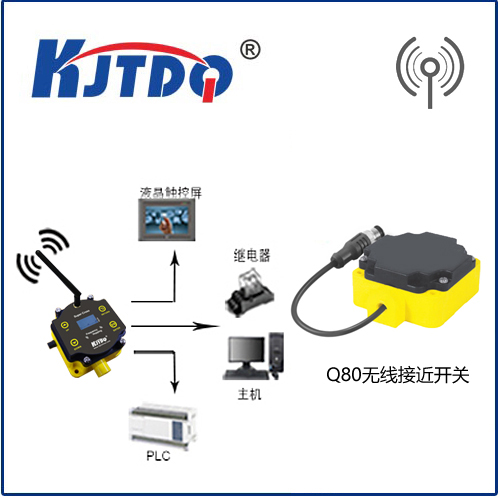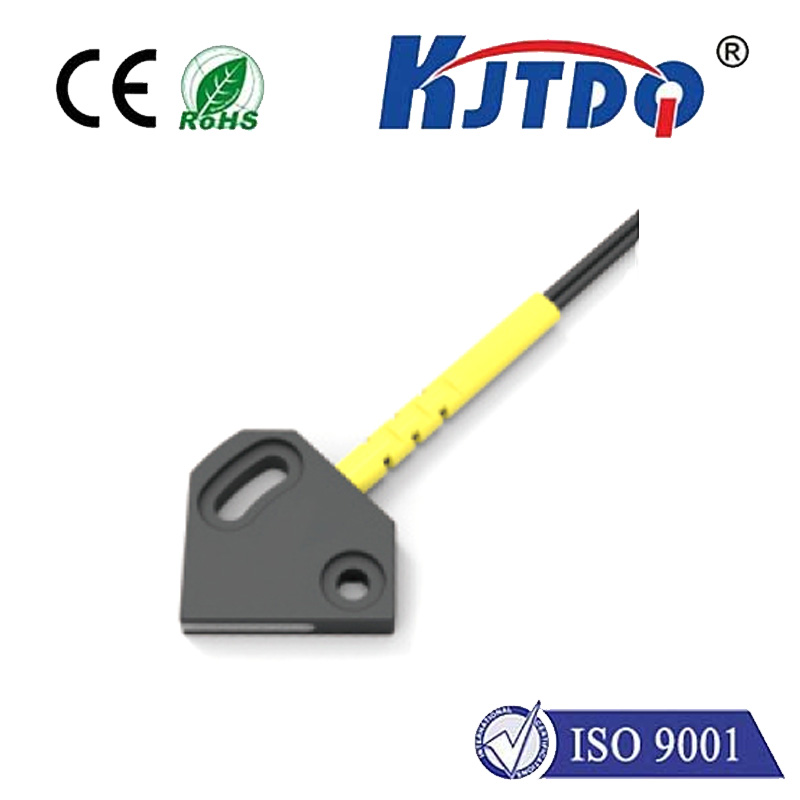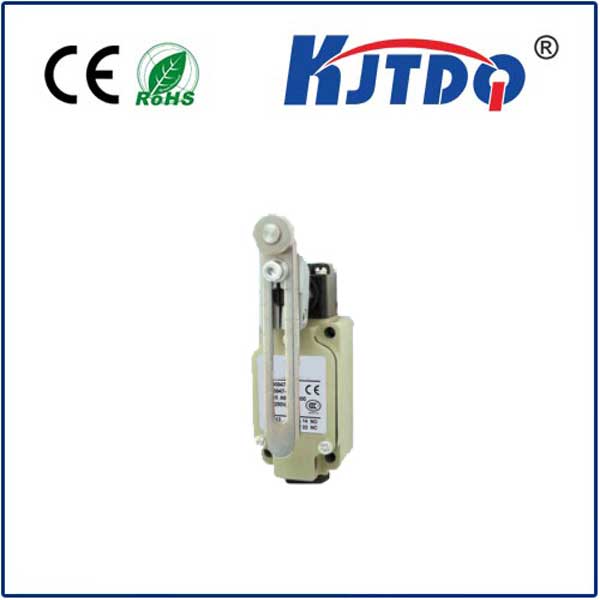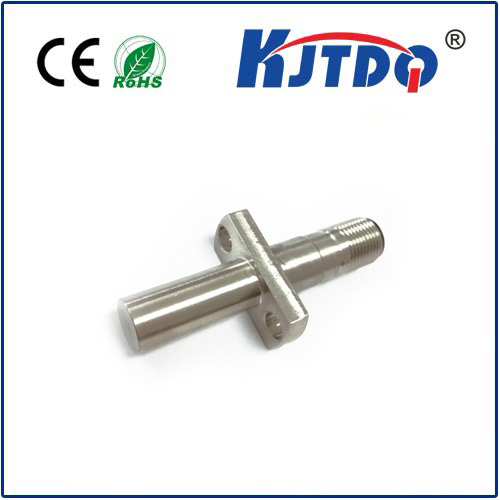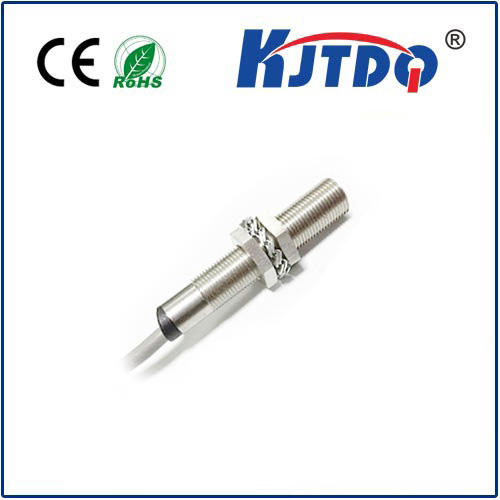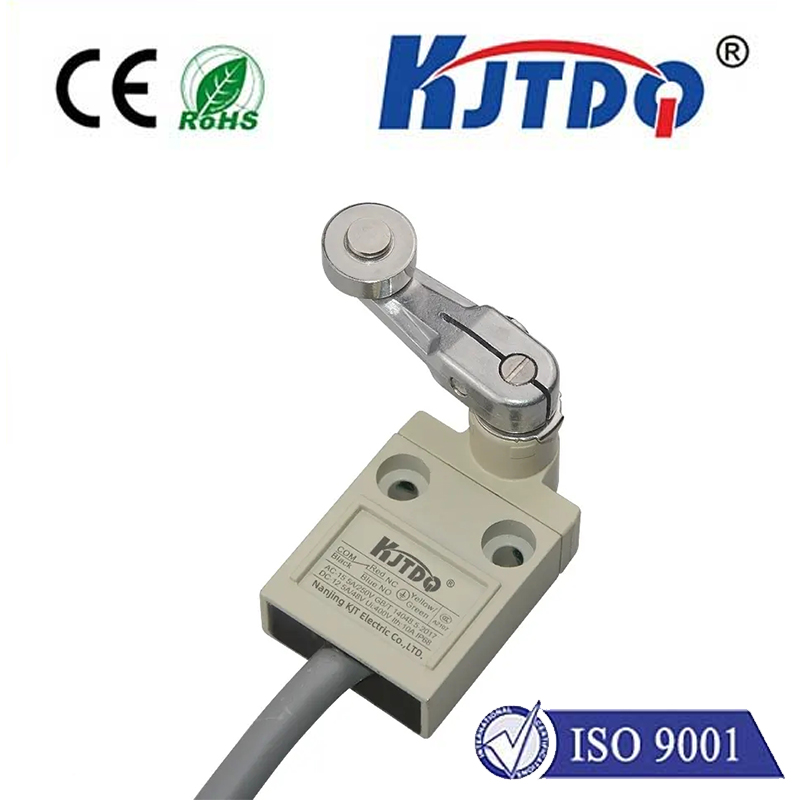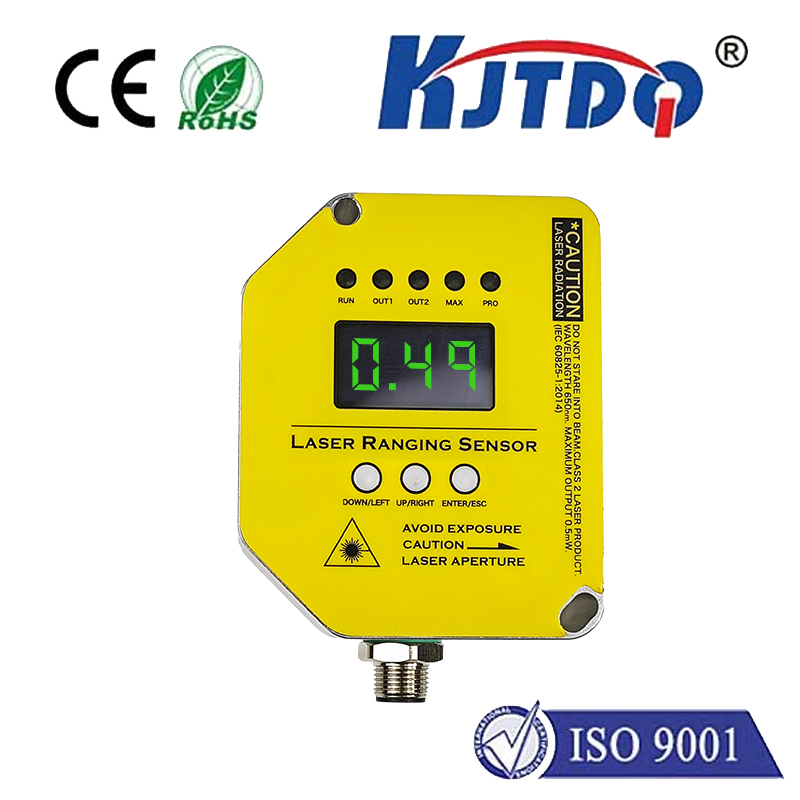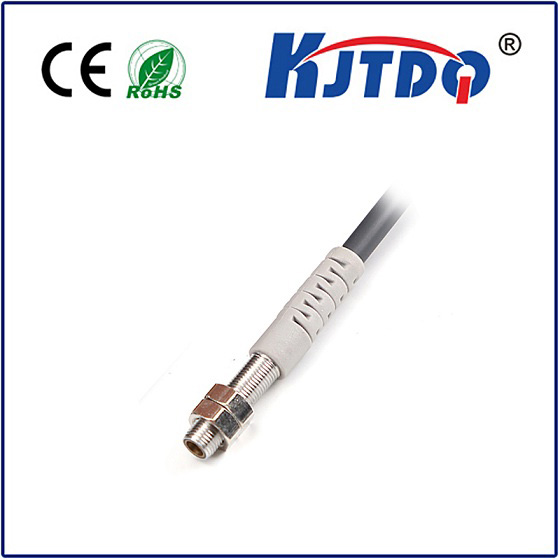
check

check

check

check

Understanding the E3FB-BP21 Photoelectric Sensor: A Comprehensive Guide In today’s rapidly advancing technological landscape, photoelectric sensors have become indispensable tools in various industries. Among these, the E3FB-BP21 photoelectric sensor stands out due to its unique features and versatile applications. This comprehensive guide delves into the intricacies of the E3FB-BP21, shedding light on its technical specifications, operational mechanisms, and practical uses. Technical Specifications and Features The E3FB-BP21 photoelectric sensor is engineered with precision and efficiency. Equipped with a high-sensitivity detection element, this sensor ensures accurate and reliable performance in diverse environments. Its compact design makes it suitable for integration into tight spaces while maintaining robust functionality. The E3FB-BP21 operates within a wide temperature range, typically between -25°C to +70°C, which allows it to function effectively under extreme conditions. Additionally, it boasts an impressive response time, ensuring quick and consistent readings. How It Works Photoelectric sensors like the E3FB-BP21 operate based on the principle of light detection and reflection or obscuration. The device contains an emitter that produces a beam of light, which is directed towards a receiver. When an object passes between the emitter and the receiver, it either reflects the light back to the receiver (reflective mode) or blocks the light (throughbeam mode). Upon detecting the change in light intensity, the sensor generates an electrical signal that can be processed by a control system. Applications and Industries The versatility of the E3FB-BP21 photoelectric sensor makes it suitable for various applications across multiple industries. In manufacturing, it is commonly used for product counting, quality inspection, and positioning tasks. In automation systems, it serves as a critical component for conveyor belt control and robotic navigation. Additionally, the E3FB-BP21 finds utility in security systems, automotive electronics, and even in smart home devices. Its ability to perform reliably in harsh conditions further enhances its appeal for industrial use. Installation and Maintenance Tips To ensure optimal performance, proper installation and regular maintenance are essential for the E3FB-BP21 photoelectric sensor. During installation, it is crucial to align the emitter and receiver accurately to avoid false signals. Ensure that the sensor is free from dust and debris, which can interfere with the light beam. For maintenance, periodic cleaning and checking of alignment can prevent malfunction and prolong the sensor’s lifespan. Conclusion In conclusion, the E3FB-BP21 photoelectric sensor is a powerful tool that offers precision, reliability, and versatility for various applications. Its ability to operate efficiently under different conditions makes it an ideal choice for modern industries seeking high-performance sensing solutions. By understanding its technical specifics and maintaining it properly, users can maximize the benefits derived from this advanced sensor technology.
